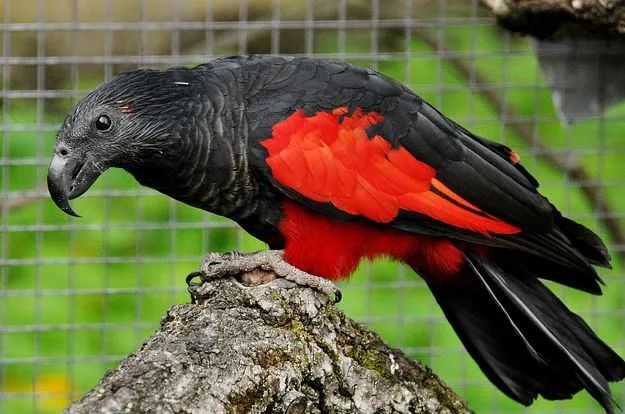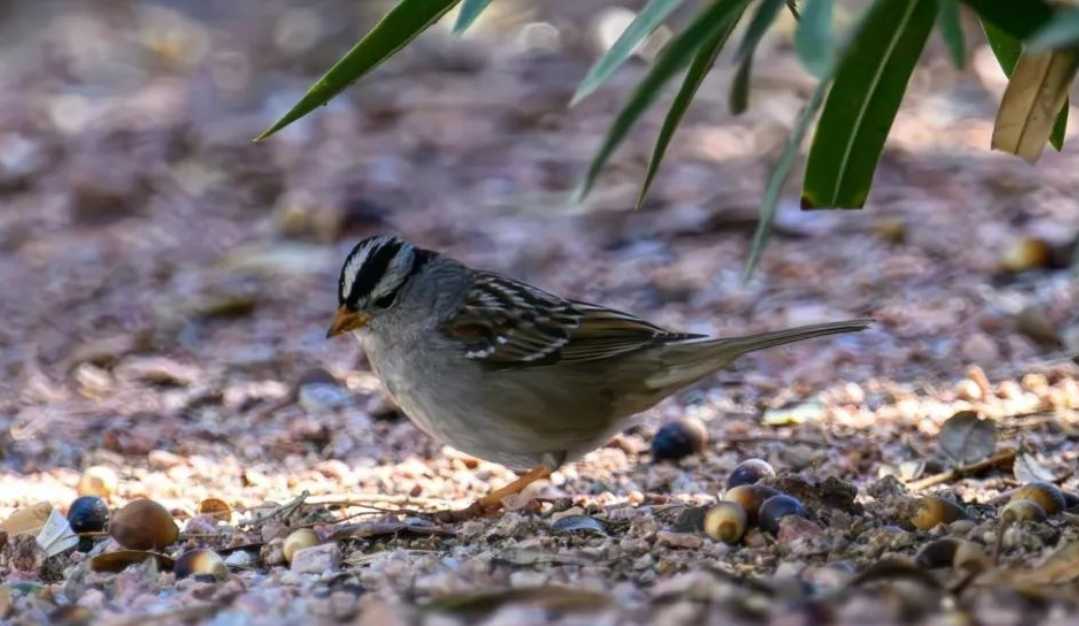"The parrot’s appearance seems ripped from a gothic novel," notes ornithologist Dr. Rhett Harrison. "The deep black feathers absorb light, while the scarlet patches glow like fresh blood—nature’s own horror movie creation." Unlike most colorful parrots, its dark plumage may serve as camouflage in New Guinea’s dense, shadowy forests, while the red markings could signal dominance or attract mates. "We’re still decoding the purpose of those red patches," says avian biologist Dr. Maria Wang. "They may act as visual beacons in the dim understory, or convey genetic fitness through their intense hue."
Endemic to remote mountain ranges, the Dracula parrot remains poorly studied, with sightings rare even for experienced birdwatchers. Its Latin name, Psittrichas fulgidus (meaning "shining parrot"), hints at the way sunlight catches its black feathers, giving them an almost iridescent sheen. "When it flies through sunbeams, the red patches flash like rubies, and the black feathers glint—you can see why locals once thought it a spirit bird," says conservationist David Yapsen, who documented the species in Papua New Guinea.
While not endangered, its remote habitat makes it vulnerable to deforestation. For researchers, studying this parrot is like unraveling a cryptic puzzle. "It’s a living anomaly in the parrot world," adds Harrison. "Where others flaunt rainbow colors, this one chooses darkness and blood-red accents. In the misty New Guinean highlands, the Dracula parrot is more than a bird; it’s a symbol of nature’s willingness to embrace the dramatic, even the macabre, in its endless pursuit of evolutionary innovation."










